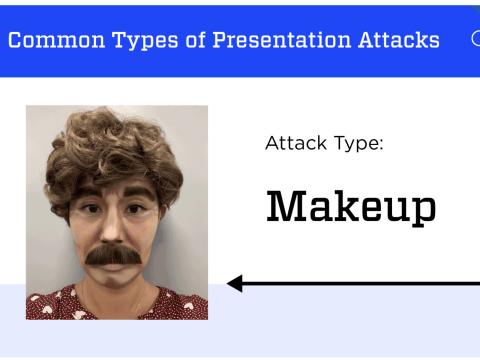Don’t Blink! Eyes Provide Long-Term Identifications
Iris scans are a legitimate form of biometric identification over the long term, a new study from the National Institute of Standards and Technology (NIST) confirms. The report came as a result of debate surrounding whether biological changes rendered captured iris information inaccurate after a period of about 10 years.
In their report IREX VI - Temporal Stability of Iris Recognition Accuracy, researchers determined by using two large datasets that minimal systematic aging of irises occurs over a timespan of nearly a decade. “The estimate of the magnitude of aging suggests that, for most people, a good quality enrollment may be usable for decades,” explains James Matey, a co-author involved in the project. These results are important for people using or considering using iris recognition in large scale systems such as ones for border crossing in the United States or elsewhere.
Personnel involved in the endeavors can apply the recent information when planning, designing and operating iris-based biometric systems. Practical applications include enabling system designers to establish optimal re-enrollment processes and to tailor parameters for the best performance, Matey explains. In the document, authors also address two previous studies that led to the concerns about iris validity over time and what led to those conclusions.
To carry out the study, the researchers analyzed the effect of time between enrollment and recognition on match performance of iris recognition. They found that performance degradation with time is low. Matey says the information did not surprise him, based on previous anecdotal evidence. “I have been working in the field for over a decade, and I have images of my own eyes taken 10 years apart—they still match quite well,” he says. “I also knew of multiple systems that had been in active use over significant time spans and which had seen no apparent degradation in performance. This study has put sound analytic backing to those anecdotal results.”
Data for the study came from Nexus, a joint U.S.-Canadian identification effort. Staff from the program put what they had into a format transmittable to NIST. Then, institute personnel performed analysis of the information received and reviewed the paper. An outside source also performed a formal review while informal assessments were conducted by biometric researchers within and outside NIST. Though the organization did not pay outside reviewers or the Nexus employees, funding for the work came from multiple sources. Contributors include the Criminal Justice Information Systems Division of the FBI, the Office of Biometric Identity Management in the Department of Homeland Security (DHS) and the DHS Science and Technology Directorate.
Though iris scanning now has evidence to back up its long-term usage in biometrics systems, that does not mean it is the best modality in all situations. Matey says the ideal type depends on specific case factors such as cost, ease of use, performance, demographics, acceptable error rates and cultural sensitivities.




Comments